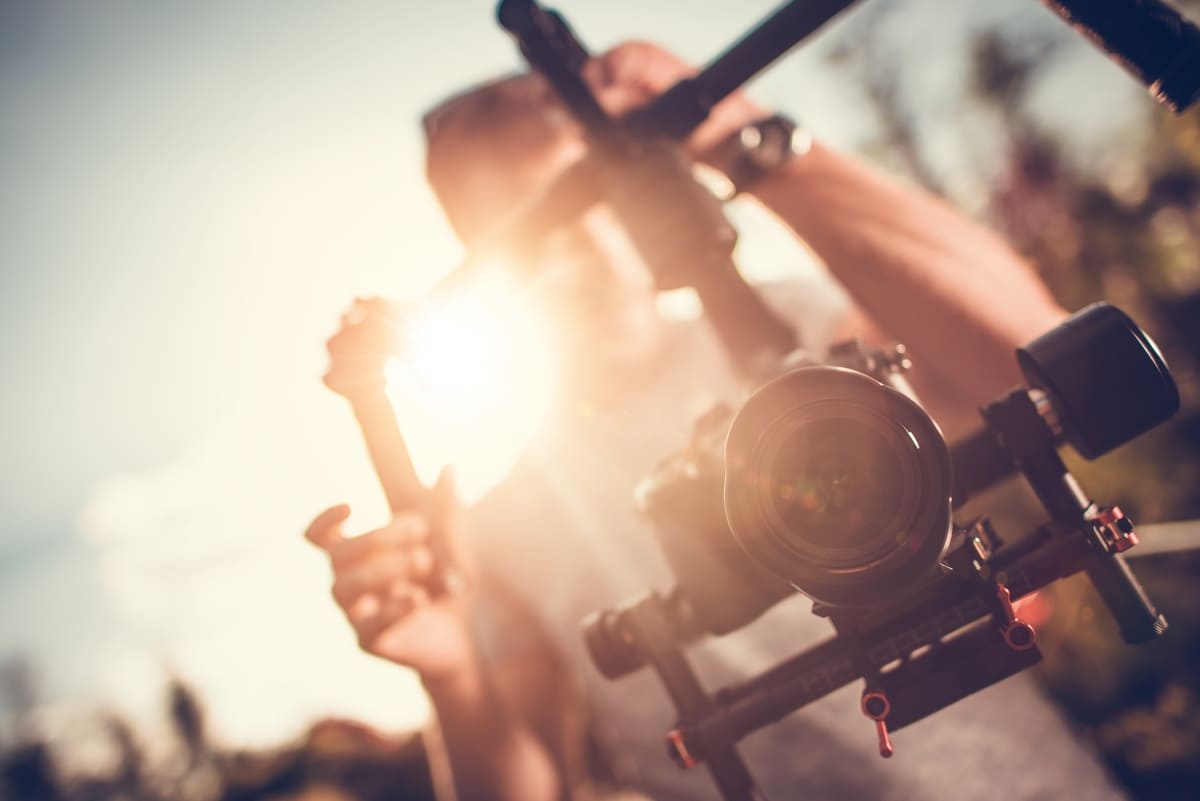Last week I outlined some of the great advantages of DSLRs when used for video production. Today, we have the turn of the disadvantages and how to overcome some of them.
Movement is the first major factor. A stills camera is designed to produce imagery whilst in a generally stationary position, moving the DSLR can cause issues with focus which a shoulder mount would be able to take in its stride. These stability issues have been helpfully circumvented by companies such as Zacuto, who produce interesting rigs to achieve great results. A real cottage industry has grown up around stability issues on DSLR’s – with Glidecam producing a pared down version of their ubiquitous rig which allows lots of mobility for the user.
Sound aint great
Next is the miserable sound recording capability which seems almost completely uniform across DSLRs. In fairness, the cameras aren’t designed specifically for recording sound and a larger, more powerful microphone and recording equipment on board would be impractical. Fortunately Zoom provides a portable H4N recorder that works excellently with DSLR’s – allowing four independent channels of recording simultaneously. Synchronisation is achieved in post the old fashioned way (ie. Clapper board/clapping hands etc).
Panning with DSLR’s can be an issue too. If you pan too quickly, or feature fast movement into frame – the effect can distort the image – giving the image a fluid “jelly” effect. The simple answer to this is to not whip pan.. perform the pan normally and increase the speed in post!
Import restrictions
Another potential issue is the recording limit on most DSLRs is about twelve to fifteen minutes for a single take. For what it is worth, from what I heard this has something to do with import restrictions. If they go beyond, these products are no longer regarded as stills cameras and fall in a different tax category. This could be an issue for recording live events – even then you are probably only recording snippets that can be bridged. Any budding Hitchcocks wanting to remake “Rope” may have an issue or two though!.
So – here are some answers to the often held issues of recording HD video with DSLR’s. There are some that still niggle at us, generally involving position of buttons, exposure and white balance settings which are down to personal preference.
In our case, we’ve decided to circumnavigate these issues by ordering the Sony FS100 camera – a great new camera which has the functionalities of a shoulder mount but the lenses and mobility benefits of the DSLR – Win!
Luke Cairns



